Kelly Dunn is an award winning wood lathe artist, specialising in woods from the Big Island and creates bowls, hollow vessels, and art forms full time for art galleries and collectors. He says of himself “I have an intense curiosity as to the workings of the universe and the mechanical and spiritual wherewithal that makes it function. I always hope to grow in my art as the evolution of my talent allows me.”
Judging
Judging will be by the following panel over the period 15 September to 1 October 2025
Judges
-
Kelly Dunn


-
Melissa Engler
Melissa is a woodworker/sculptor in Asheville, NC, USA. She has a BA in sculpture and is a graduate of the Haywood Community College Professional Crafts Program in furniture. Her work has featured in several magazines, is in collections across the US and local galleries. She works out of Grovewood Village, teaches nationally and internationally.

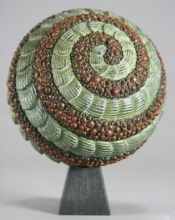
-
Graeme Priddle
Graeme is best known for his sculptural turnings/carvings reflecting his life and environments. His work has been exhibited widely around the world. He is very active in the woodturning world and commits his time to many creative endeavours. He was instrumental in establishing the New Zealand ‘CollaboratioNZ’ Conferences in 1998. Graeme has demonstrated and taught at woodworking events throughout the world.

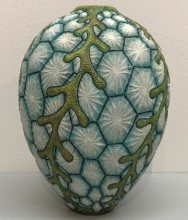
-
Carl Burn
I am fascinated by the process of making things. I make bowls and hollow forms using a mixture of traditional and modern techniques. I use timbers sourced locally from sources with responsible attitudes towards management. My focus is on form and simplicity, using techniques to highlight and complement the natural features.

-
Sally Burnett
Since discovering a passion for wood, Sally has rapidly gained an international reputation with her lathe turned and exquisitely carved vessels. Using English native timber, her decorative vessels have wide tops and small bases with elegant curves, rich in texture.
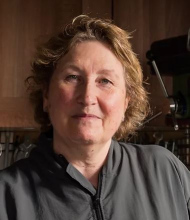
-
Ruby Cler RPT
A professional turner living in Ontario. Although I do a lot of production and commissioned turnings, I also teach and demonstrate. In the 40+ years of my turnings I’ve learned from many great turners. I am always amazed by the variety of creations that can be produced from wood.
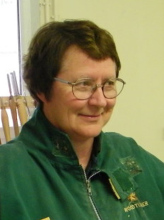
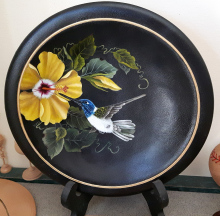
-
Mike Mahoney
A professional bowlmaker producing salad bowls burial urns, hollow forms, treenware, and more. A style of work that highlights the wood sourced from local tree yards creating unique objects from wood that could not have been purchased by a sawmill.
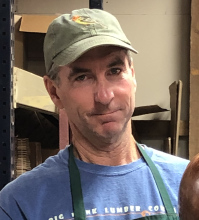
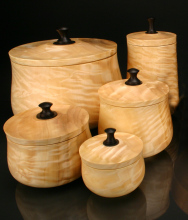
-
Richard Raffan
Now best known as a writer and teacher, for his books, videos, magazine articles, demonstrations, hands-on workshops, and his YouTube Channel. But in the mid-1980s he had an international reputation within the crafts movement as a turner of fine bowls, boxes, and scoops, well before woodturning became the popular hobby and aspiring art form it is today.

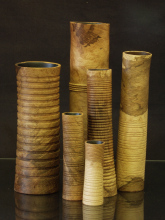
-
Andi Wolfe
A botanist by day and a part time woodturner in her spare time. Her work has focused on surface enhancements that use botanical motifs. A botanical print motif of flowering stages of a plant, or maple or oak leaves, or inspired from cellular structures of plants. Or carving botanical designs into turnings in 3D. A goal is that avessel becomes a three-dimensional canvas.

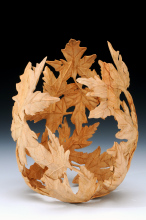
These judges will individually use the prescribed scoring system shown below and send their marks to the Steward. The Steward will combine the scores to determine the winners.
Guidelines for Judging
- Should there be any doubt about which category to place an entry in then the Senior Steward has the final decision.
- Each item may be judged in only one class.
- The judges should exclude from the competition any items which they deem to be unfit due to technical or artistic faults.
- Any stand used to support the item will be deemed to be part of the item and judged along with the item.
- All entries received will be judged using the following criteria – each criterion being scored out of 10 points:
- First impressions – visual impact.
- Design, innovation, ingenuity, originality.
- Form, proportion, balance and use of material.
- Creation techniques and skill level.
- Suitability and quality of finish.
- The judges will score each piece individually and points allocated will be aggregated to give a final points score.
- The judges are encouraged in their judging to spread the scores between 1and 10 to provide a clear differentiation between the pieces.
- The scores recorded by the judges shall be available to entrants for the items they have entered in the competition.
- A first, second and third prize, and “Highly Commended” certificates may be awarded in each category.
- In the event that insufficient entries are received for a specific category OR the judge(s) deem the standard is not high enough, the judge(s) reserve the right not to award prizes.
- The items gaining the highest score in each category shall be reconsidered by the judges for the “Supreme Exhibit” award. In the event that more than one item has an equal highest score then the judges will re-evaluate the scores to declare one item “Supreme Exhibit”.
- The judge’s decision is FINAL.
